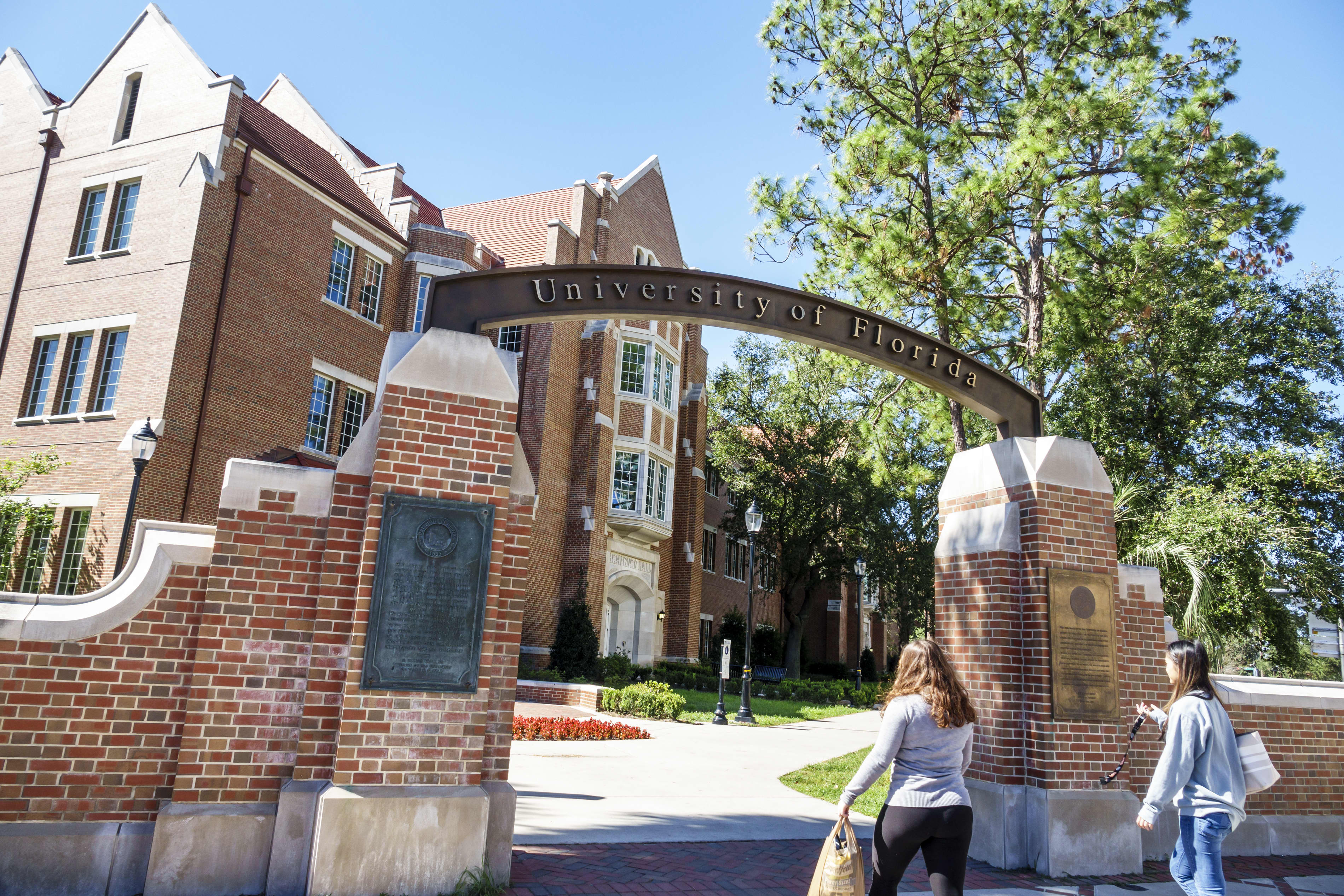
Many may be wondering why the college or university they attended is not leading the rankings this year, but what factors influenced this year's decision, and what has changed over the years?
According to U.S. News, this year's ranking formula was changed and modified to reflect academic reputation, cost of attendance and return on investment.
"We increased the emphasis on how often schools' students from all socioeconomic backgrounds earned degrees and took advantage of information on graduate outcomes that was not available until recently, the research read. "As in past years, changes in methodology, together with changes in individual schools' data, can result in significant changes to schools' rankings."
For schools to be ranked, they need a regional accreditation, be included in Carnegie's Basic classification, enroll at least 100 undergraduate students, and report financial data, among other requirements.
Get New England news, weather forecasts and entertainment stories to your inbox. Sign up for NECN newsletters.
What changed in 2024?
U.S. News calculated around 1,500 institutions on 19 measures for its 39th rankings edition, taking academic quality and graduate outcomes into consideration but also important factors such as "campus culture, strength in specific majors and financial aid offered," U.S News said.
Some of the new factors added to this year's ranking are the number of those who graduated as first-generation students, referring to those for whom neither parent attended college, and the number of school-employed graduates who were making a higher salary than a high school graduate.
"We added four metrics on the research productivity of faculty, sourced by Elsevier, a global leader in information and analytics," U.S. News said. "These indicators are citations per publication, field-weighted citation impact, the share of publications cited in the top 5% of journals and the share of publications cited in the top 25% of journals."
There were also modifications to existing factors, the U.S. News said, including increasing the weight to graduation rate performance, the number of faculty who are employed full-time, and taking into consideration those instructors who have been less credentialed over time.
Other changes included four-year averages for its Pell Grant graduation rates which were adjusted to emphasize graduation compared to enrollment, (according to studenaid.gov, "Federal Pell Grants usually are awarded only to undergraduate students who display exceptional financial need and have not earned a bachelor's, graduate, or professional degree.")
Although new factors were added or modified, five others were removed, such as the alumni giving rate, class size, the high school class standing of new entrants, the number of graduates with debt as well the number of faculty with terminal degrees.
These changes were made to the 2024 ranking edition because some old input measures are no longer being reported by schools or are not being used frequently.



